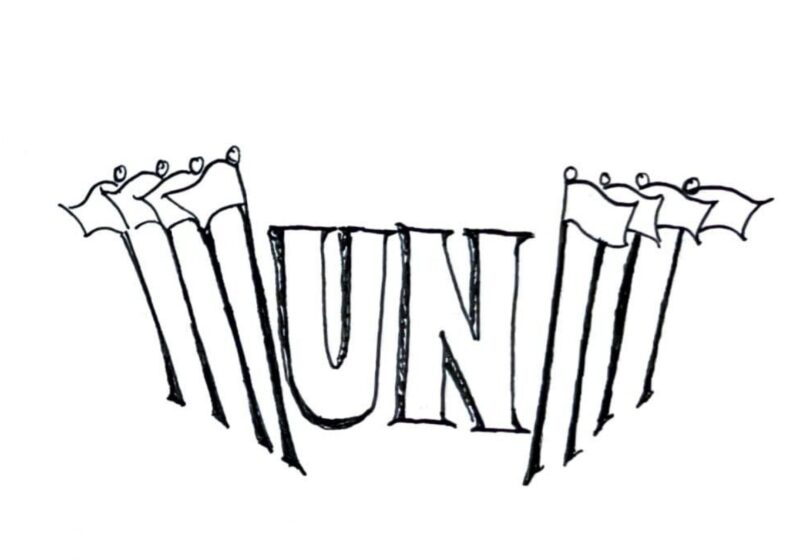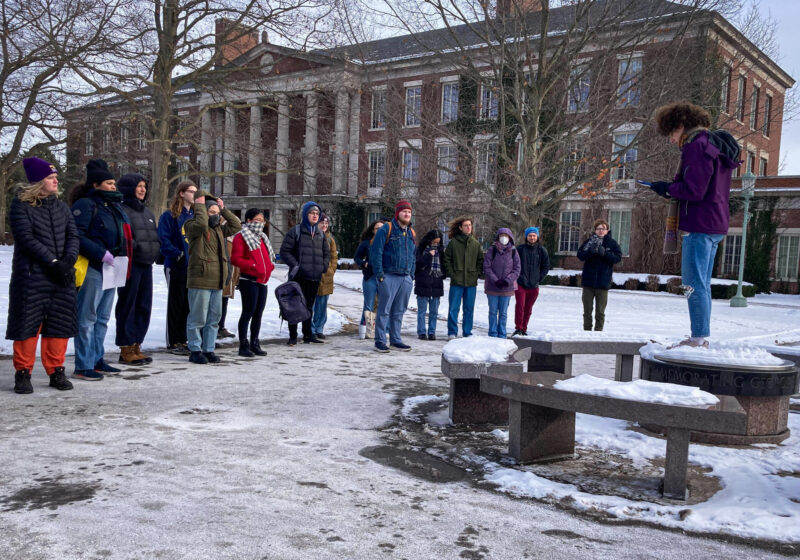Now that spring break has passed, the men’s track and field team begins a pre-season of sorts, as the beginning of the outdoor season is not for another week. And while coach John Izzo said, “It is much harder to adapt to indoors [from cross country] than to outdoors, especially in the technical events. This is the hardest week of the season.” The main difference between indoors and outdoors is that the indoor season is pretty well dominated by shorter distance events from the 400-meter run to the 1,000. Izzo said, “In outdoor track, there’s only the 400 and 800, which leads to a greater concentration of talent in those two events.” Additionally, the distance events are expanded to include the 10,000, prompting Izzo to explain, “Distance athletes are expected to play a bigger role than they do indoors.”
The differences affect the throwers as well, as a number of new throwing events will be included in the outdoor season that primarily for space reasons, were not included during the indoor season. Instead of just the two weight events indoors, the outdoor season consists of four weight events.
One area Izzo expects the team to benefit from the movement outside is in the 100, whose equivalent indoor event is the 55. “Our runners tend to come on strong during the last 20 meters of the 55 meter dash,” Izzo said.
With the abundance of new events, a number of positions are still up for grabs. As Izzo said, “The usual suspects will be filling new roles, but in some cases there is still auditioning for spots. Our lineup is always liquid — there is no set starting lineup.”
The outdoor season officially begins next weekend when the men head to the Battlefield Relays in Fredericksberg, Virginia.
Swidler can be reached at dswidler@campustimes.org.




